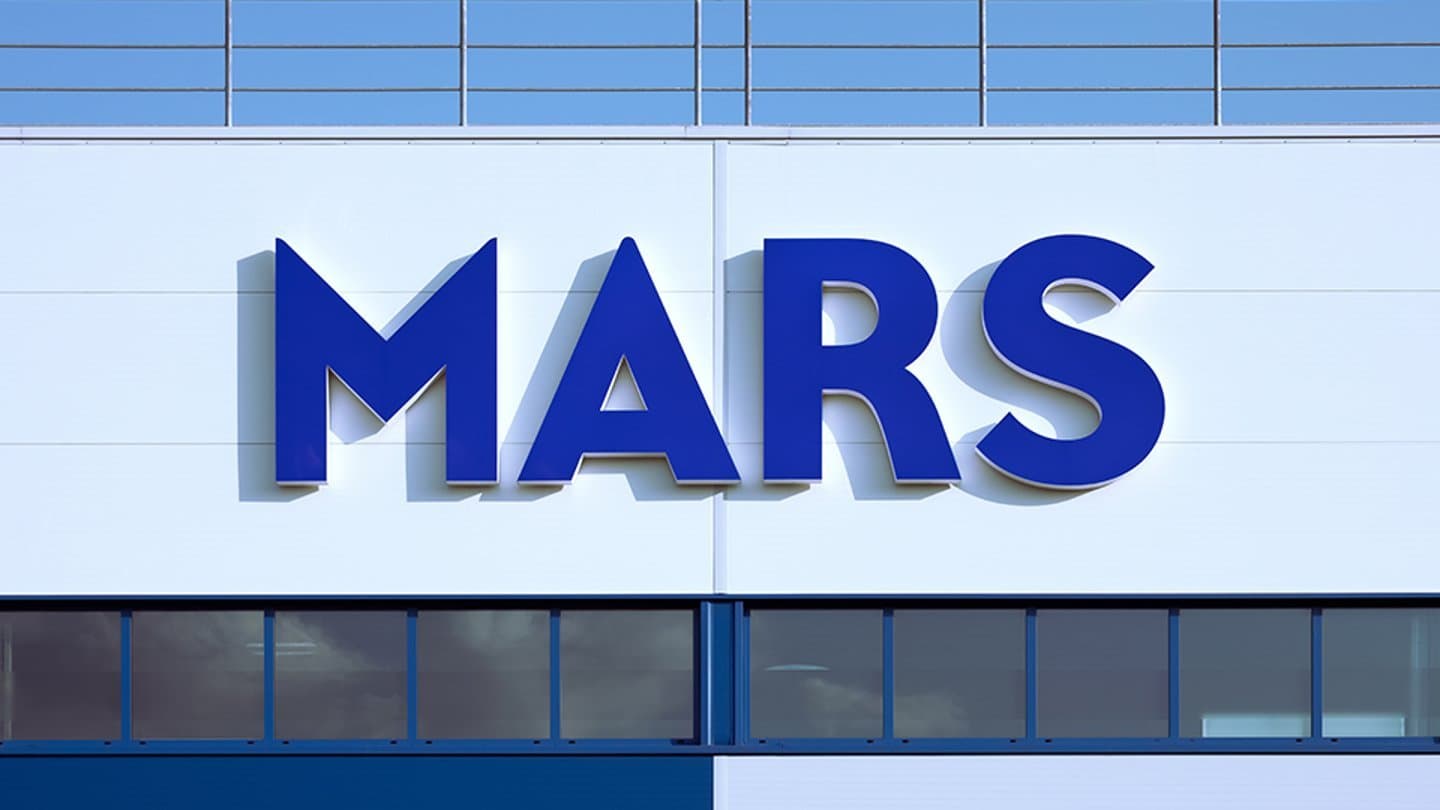Mars’ Renewable Energy Shift: A $1.7B Blueprint for Europe
Discover how Mars Inc.’s $1.7 billion renewable energy investment powers ten European factories, driving sustainability and operational resilience while setting a new standard for corporate climate leadership.

Key Takeaways
- Mars invested €1.5 billion to power 10 European factories fully with renewables.
- The factories produce 900,000 metric tons of snacks annually, mostly for Europe.
- Mars’ strategy blends direct investments, energy reduction, and GO certificates.
- The move cuts Mars’ emissions and boosts energy security amid EU climate goals.
- Mars plans an additional €1 billion investment by 2026 for innovation and efficiency.

Mars Inc. has flipped the switch on sustainability by powering all ten of its European snacking factories entirely with renewable energy as of 2025. This bold move follows a hefty €1.5 billion investment over five years, marking a transformative chapter in the company’s journey toward net-zero emissions by 2050. From SNICKERS to M&M’S, these factories churn out nearly 900,000 metric tons of beloved treats annually, with 85% destined for European consumers.
This isn’t just about green credentials; it’s a strategic play that blends environmental responsibility with operational resilience. Mars’ approach combines direct investments in renewable infrastructure, energy efficiency upgrades, and the savvy purchase of Guarantees of Origin certificates to cover remaining energy needs. The company’s Renewable Acceleration program aims to triple renewable procurement by 2030, signaling a long-term commitment.
In this article, we unpack Mars’ renewable energy blueprint, exploring how this $1.7 billion commitment reshapes corporate sustainability in Europe. We’ll dive into the financial and strategic benefits, the challenges of decarbonizing a vast supply chain, and why Mars’ model offers a fresh perspective on corporate climate leadership.
Unpacking Mars’ Renewable Investment
Imagine dropping €1.5 billion on green energy over five years. That’s exactly what Mars did to transform its European snacking factories. This isn’t pocket change—it’s a strategic bet on sustainability and operational stability. The investment covered modernizing facilities, boosting production, and slashing carbon emissions.
Mars’ factories span six countries, from the Czech Republic to the UK, producing iconic brands like SNICKERS and TWIX. Together, they pump out 900,000 metric tons of snacks annually, with most staying within Europe. Powering all this with renewables is no small feat.
The company’s approach blends building renewable infrastructure—like wind farms—with energy efficiency upgrades and buying Guarantees of Origin certificates. These certificates act like green receipts, proving the electricity comes from renewable sources. This mix ensures Mars covers its energy needs fully with clean power, a move that’s both environmentally savvy and financially shrewd.
Driving Decarbonization Beyond Factories
Mars isn’t stopping at its own doors. Its Renewable Acceleration program aims to triple renewable energy procurement from 2 TWh to nearly 9 TWh by 2030. That’s a massive leap, targeting not just direct emissions from factories but also the supply chain’s carbon footprint.
Think of it as cleaning the entire family’s house, not just your room. By pushing suppliers to adopt clean energy, Mars extends climate accountability beyond its immediate operations. This holistic approach has already cut greenhouse gas emissions by 16% since 2015.
Such broad decarbonization is rare in consumer goods. It signals a shift from isolated green projects to integrated climate strategies. Mars’ model shows that tackling Scope 3 emissions—the indirect ones—is essential for meaningful impact.
Balancing Financial and Environmental Gains
Sustainability often gets boxed as a cost, but Mars flips that narrative. By investing heavily in renewables, the company shields itself from fossil fuel price swings and aligns with the EU’s Renewable Energy Directive, which targets 45% renewables by 2030.
This alignment isn’t just green virtue signaling—it’s smart risk management. Energy security and cost predictability become competitive advantages. Plus, ESG leadership attracts investors and reduces regulatory headaches.
Mars’ strategy proves that environmental responsibility and financial prudence can dance together. The company’s renewable shift enhances profitability while shrinking its carbon footprint—a win-win that challenges the myth of sustainability as a drain on resources.
Collaborating for Scalable Solutions
Mars didn’t go it alone. Partnering with renewable energy giants like Enel and investing in energy storage technologies, Mars crafts scalable decarbonization solutions. This teamwork is crucial for tackling the complexities of powering large manufacturing operations sustainably.
Such collaborations create blueprints others can follow. Mars’ integrated approach—from wind farms to certificates and storage—offers a replicable model for multinational manufacturers.
It’s a reminder that big sustainability leaps require collective effort. Mars’ partnerships amplify impact and innovation, proving that going green at scale is a team sport.
Aligning with EU Climate Ambitions
Mars’ renewable energy investments dovetail neatly with the European Commission’s climate policies. By powering factories fully with renewables and pushing supply chain decarbonization, Mars supports the EU’s broader goals.
This proactive stance positions Mars as a market leader, not just a follower. Compliance becomes an opportunity to innovate and differentiate.
In a landscape where regulators and consumers demand climate action, Mars’ strategy offers a roadmap for companies aiming to thrive amid tightening environmental standards. It’s sustainability with a business edge.
Long Story Short
Mars Inc.’s renewable energy overhaul in Europe is more than a sustainability milestone—it’s a masterclass in marrying environmental ambition with business savvy. By investing €1.5 billion to fully power ten factories with renewables, Mars not only slashes emissions but also fortifies its operations against energy market swings and regulatory pressures. The company’s ongoing €1 billion investment plan through 2026 promises to keep innovation and efficiency front and center. For businesses watching from the sidelines, Mars’ journey offers a compelling blueprint: sustainability isn’t a cost center but a strategic asset that enhances resilience and reputation. The company’s holistic approach—covering direct emissions and extending into its supply chain—demonstrates that true climate leadership demands bold, integrated action. As consumers and regulators tighten the noose on carbon footprints, Mars’ story reminds us that the future belongs to companies willing to invest deeply and think long-term. The relief of a funded emergency account meets the confidence of a factory humming on clean energy—Mars shows us how to have both.